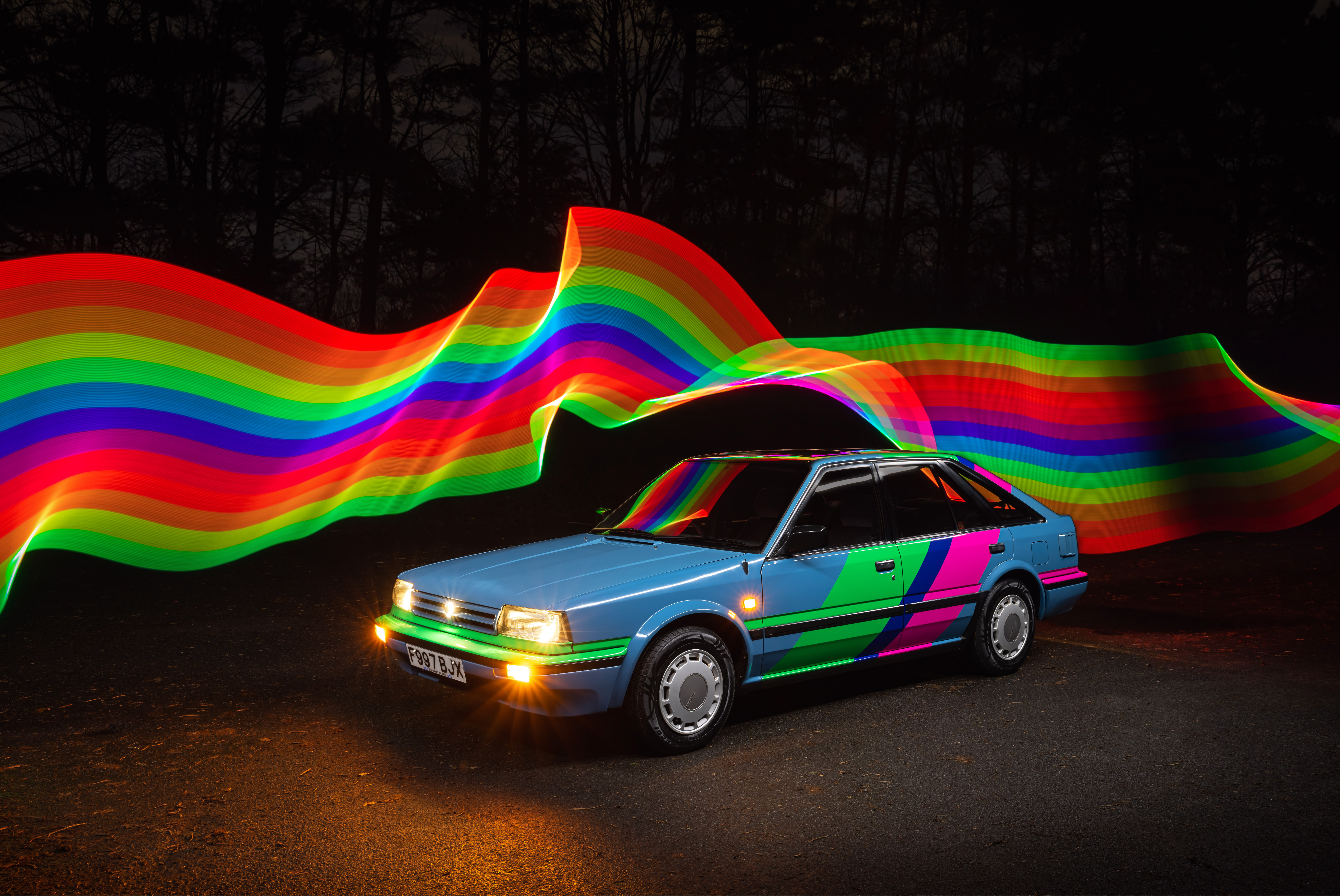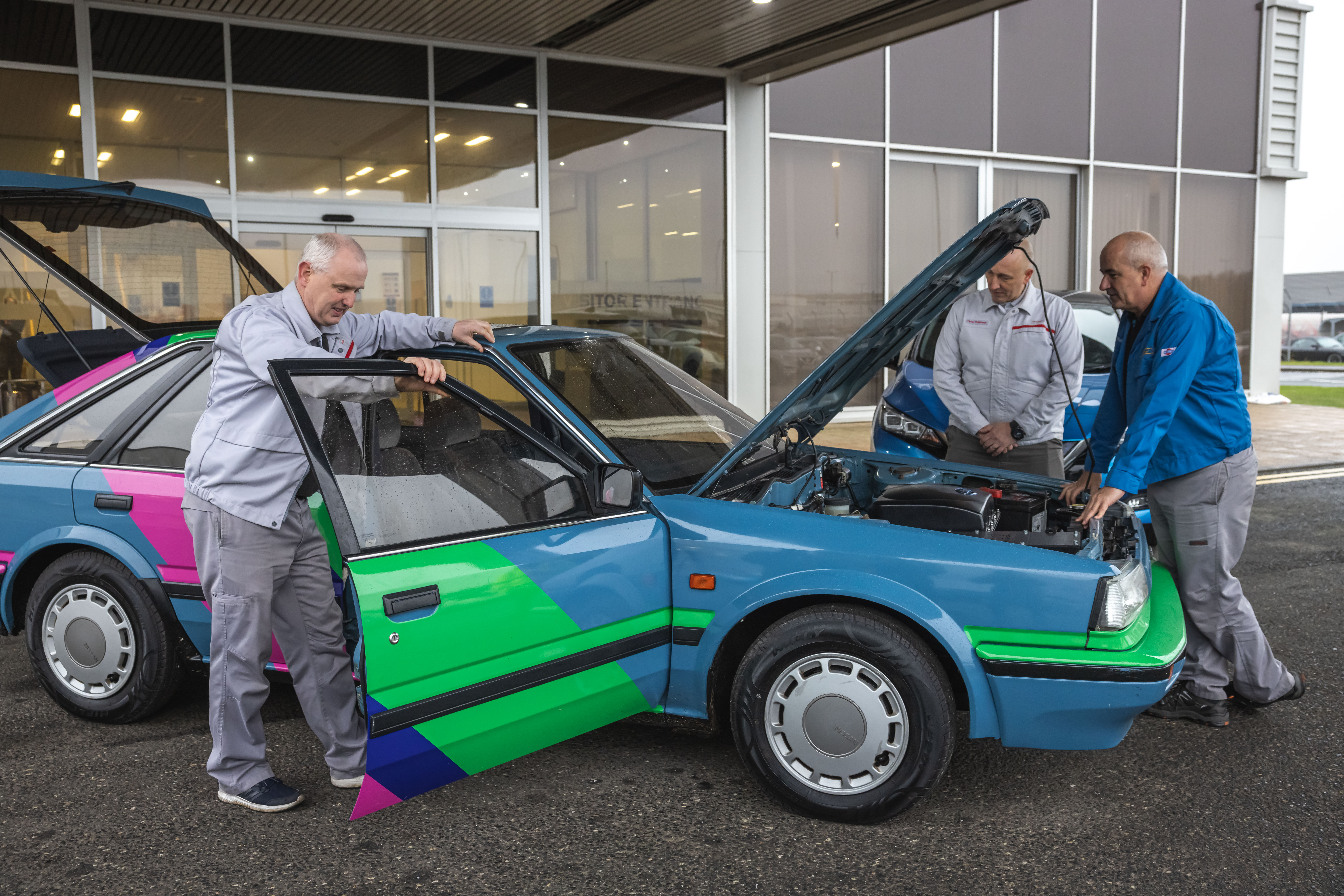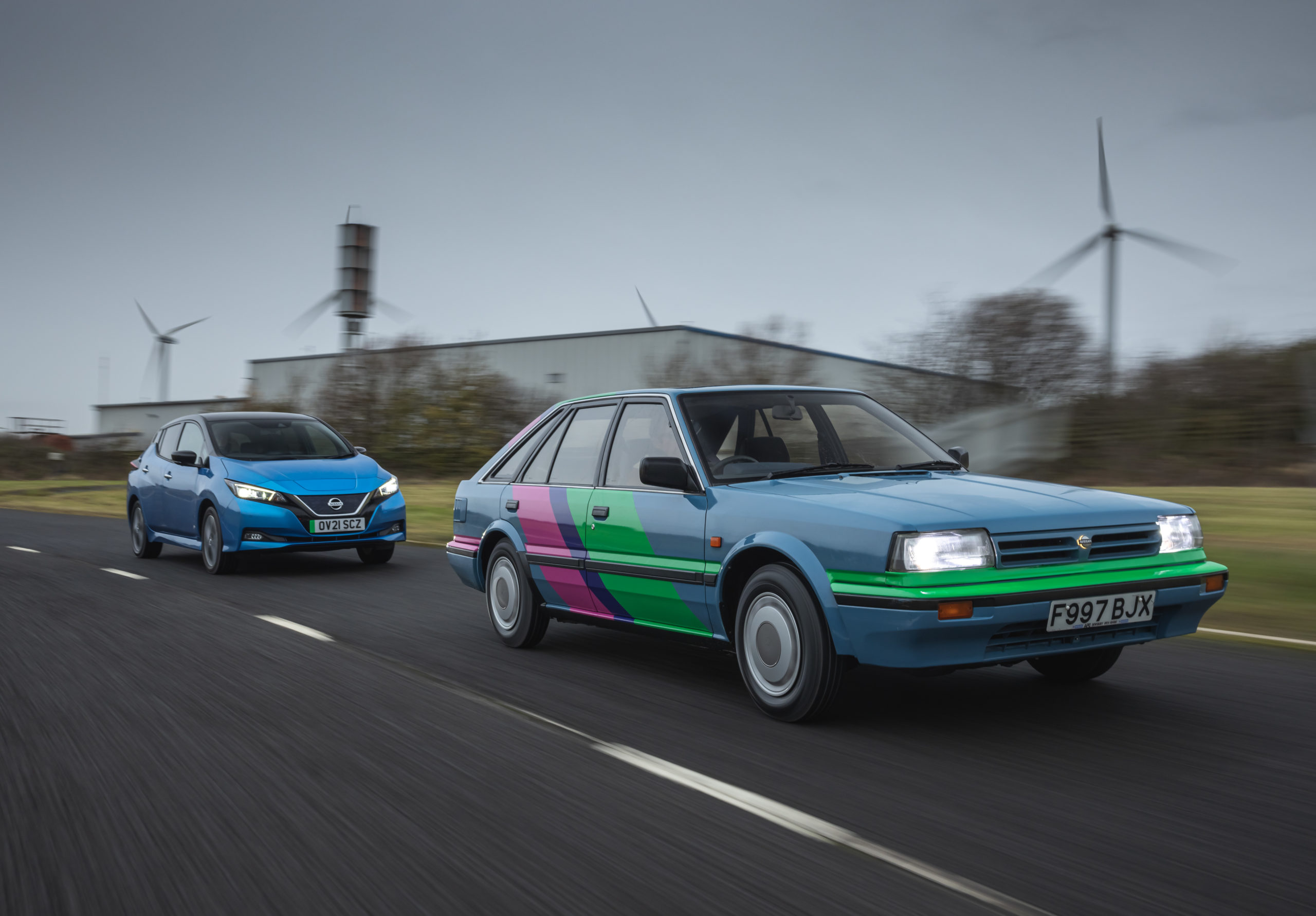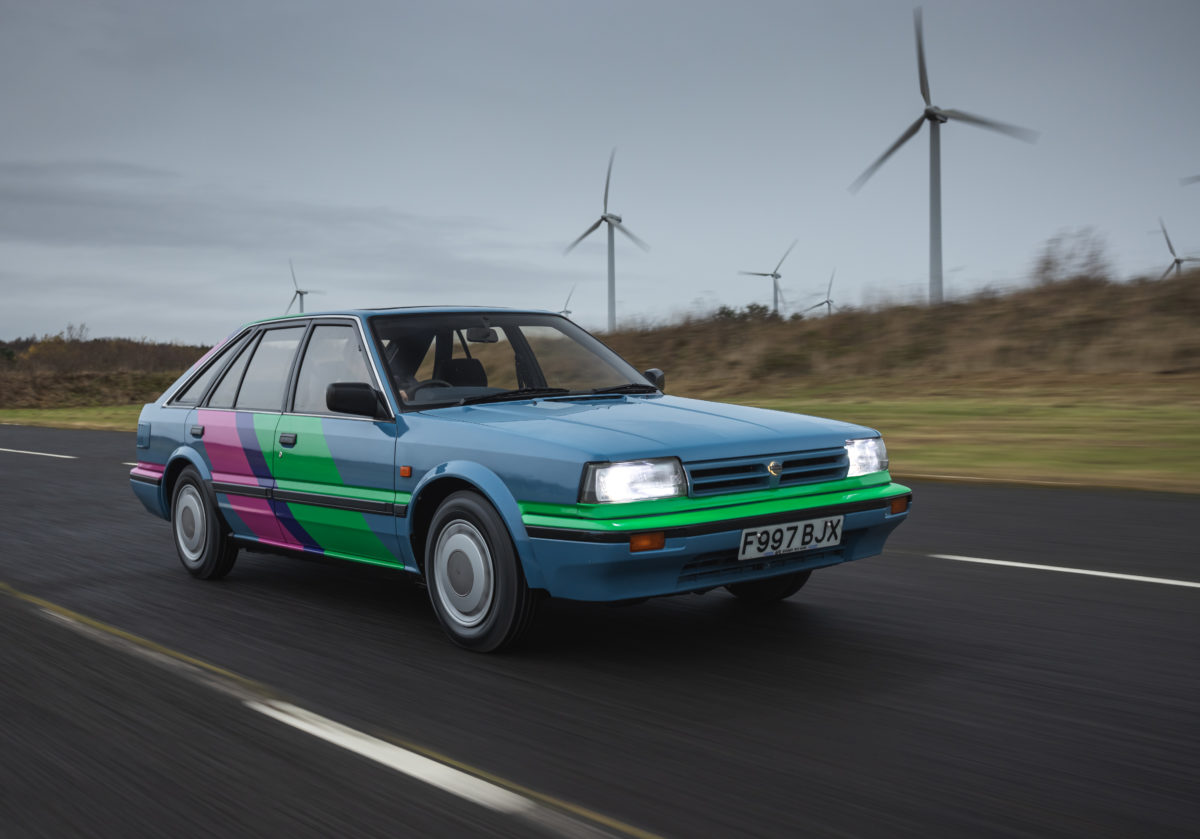Nissan celebrates 35 years of production with custom-built 100% electric LEAF-powered Bluebird
Press Release: Nissan South Africa
Celebrating 35 years of production at the Sunderland plant, Nissan has commissioned a very special conversion of the Nissan Bluebird.
Celebrating 35 years of production at the Sunderland plant, Nissan has commissioned a very special conversion of the Nissan Bluebird – the first car off the factory’s production line in 1986.
Called `Newbird’, the one-off project car is powered by the 100% electric drivetrain of a Nissan LEAF, the pioneering mass-market EV that kick-started the global trend towards electrification of mobility.
The `Newbird’ connects 35 years of manufacturing heritage at Sunderland, as Nissan accelerates towards an electrified future through Ambition 2030, the company’s long-term plan to empower mobility and beyond.

Alan Johnson, Vice President, Manufacturing, at Nissan Sunderland Plant, said; “The `Newbird’ represents all that is great about our plant – past present and future – as we celebrate 35 years of manufacturing in Sunderland.
“We have a rich heritage of building great cars, right from the original Bluebird model, and our fantastic team is now leading the way as we drive towards an exciting electrified, carbon-neutral, future.”
Nissan `Newbird’: In Detail
The Nissan Bluebird was extensively modified to integrate the LEAF’s electric drivetrain. The original petrol combustion engine and gearbox were removed and a LEAF motor, inverter and 40kWh battery pack installed, with the battery modules split between the engine bay and boot for optimised weight distribution.
Updates and modifications were made to the power steering, braking and heating systems to enable them to be electrically powered. A custom suspension was also installed to support the additional weight from the battery packs.
As a nod to the car’s electric updates, the original Nissan bonnet badge received a LED backlight (for when the vehicle is static).
The car is recharged through the original fuel flap, which provides access to the charging port. The battery can be recharged at up to 6.6kW and the original driver instrument panel has been connected to the EV system to enable the fuel gauge to show the battery state of charge.
Although not homologated, the vehicle’s range from a single charge is estimated at around 130 miles (subject to environmental factors and driving style) with a 0-62mph (0-100kph) time of just under 15 seconds.

For the exterior of the vehicle, Nissan Design Europe, based in London, created a new graphic motif inspired by design cues of 1980s consumer technology, combined with a 21st century aesthetic.
The conversion was project-managed by Kinghorn Electric Vehicles, a family-run company based in Durham, North East England (just 15 miles from the Sunderland plant). Kinghorn EV specialises in the conversion of classic cars to full electric using second-life Nissan LEAF motors, inverters & batteries.

George Kinghorn said, “Electric vehicles are not just the future, they’re the now! Converting older vehicles to electric gives you everyday use of these iconic vintage models, but they’re just as enjoyable to drive, they’re more reliable and importantly don’t produce harmful emissions when driving. With this project, we think we’ve created a car that captures the soul of the Nissan Bluebird, with the heart of a Nissan LEAF.”
Sunderland Plant was officially opened in September 1986 and has been in operation ever since. Total output from 1986 to the present day stands in excess of 10.5 million cars.














